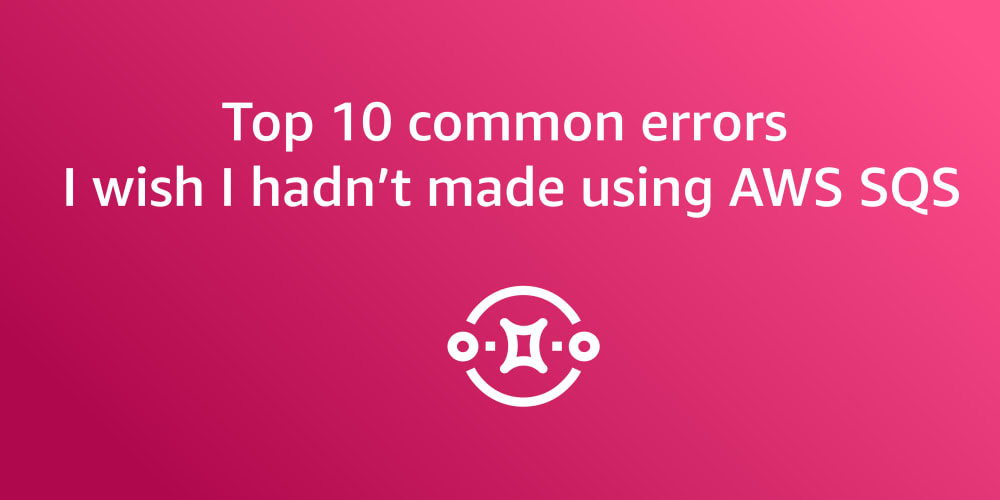Implementing effective data management services involves several steps to ensure data is organized, accessible, secure, and utilized optimally.
Here's a structured approach:
1. Assessment and Planning
Assess Data Needs: Understand what data you have, its sources, and its relevance to your organization.
Define Goals: Determine what you want to achieve with your data management strategy (e.g., improved efficiency, better decision-making).
Regulatory Compliance: Ensure compliance with data protection laws (GDPR, CCPA, etc.).
2. Data Collection and Storage
Data Collection Methods: Establish methods to collect, consolidate, and validate data from various sources.
Storage Infrastructure: Choose appropriate storage solutions (cloud, on-premises, hybrid) based on scalability, security, and accessibility needs.
3. Data Quality and Governance
Data Quality Assurance: Implement measures to ensure data accuracy, consistency, completeness, and reliability.
Data Governance Framework: Define policies, roles, and responsibilities for data access, usage, and maintenance.
4. Data Security
Access Control: Set up role-based access controls to limit data access based on user roles.
Encryption and Anonymization:
Employ encryption techniques and anonymization methods to protect sensitive information.
Regular Audits: Conduct security audits and implement necessary updates to safeguard against breaches.
5. Data Integration and Analysis
Integration Tools: Utilize tools and techniques for merging disparate data sources to gain a unified view.
Data Analytics: Employ analytics tools to derive insights and make informed decisions.
6. Backup and Recovery
Backup Strategy: Establish regular data backup schedules to prevent data loss in case of unforeseen events.
Disaster Recovery Plan: Develop a plan to recover data quickly in case of system failures or disasters.
7. Training and Awareness
Employee Training: Educate employees on data handling best practices, security protocols, and compliance requirements.
Awareness Programs: Conduct regular awareness programs to keep employees updated on evolving data management practices.
8. Continuous Improvement and Monitoring
Monitoring Systems: Implement monitoring tools to track data usage, system performance, and security threats.
Feedback and Adaptation: Continuously gather feedback and adapt strategies to address evolving data needs and technological advancements.
9. Documentation and Documentation Management
Documentation: Maintain comprehensive documentation of data processes, policies, and procedures for future reference and compliance audits.
10. Collaboration and Communication
Cross-Functional Collaboration: Foster collaboration among departments to ensure consistent data management practices.
Communication Channels: Establish clear communication channels for reporting data-related issues and updates.
11. Vendor Management (if applicable)
Third-party Services: If outsourcing data management services, ensure vendors comply with security and quality standards.
12. Review and Optimization
Regular Reviews: Periodically review the effectiveness of data management strategies and make necessary optimizations.
By following these steps and adapting them to your organization's specific needs, you can establish effective data management services that optimize data usage while ensuring security and compliance.


















